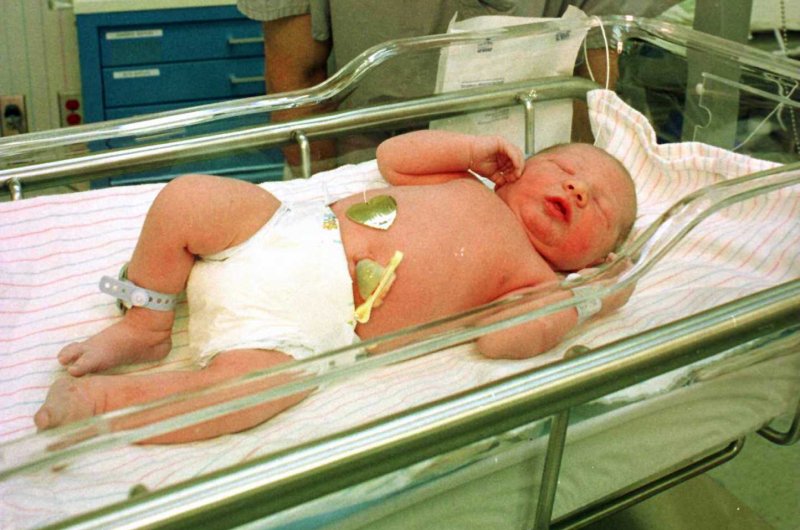WASHINGTON, Aug. 13 (UPI) -- In the first several years of the new millennia, rates of non-marital childbearing rose consistently -- peaking in the late 2000s. But according to a new report from the CDC, over the last half-decade, rates of children being born out of wedlock have slowly fallen.
"About four in 10 U.S. births were to unmarried women in each year from 2007 through 2013," the CDC's National Center for Health Statistics reports -- a 14 percent decrease. The most dramatic drops in non-marital birth rates were witnessed among unmarried black and Hispanic women, CDC researchers found.















